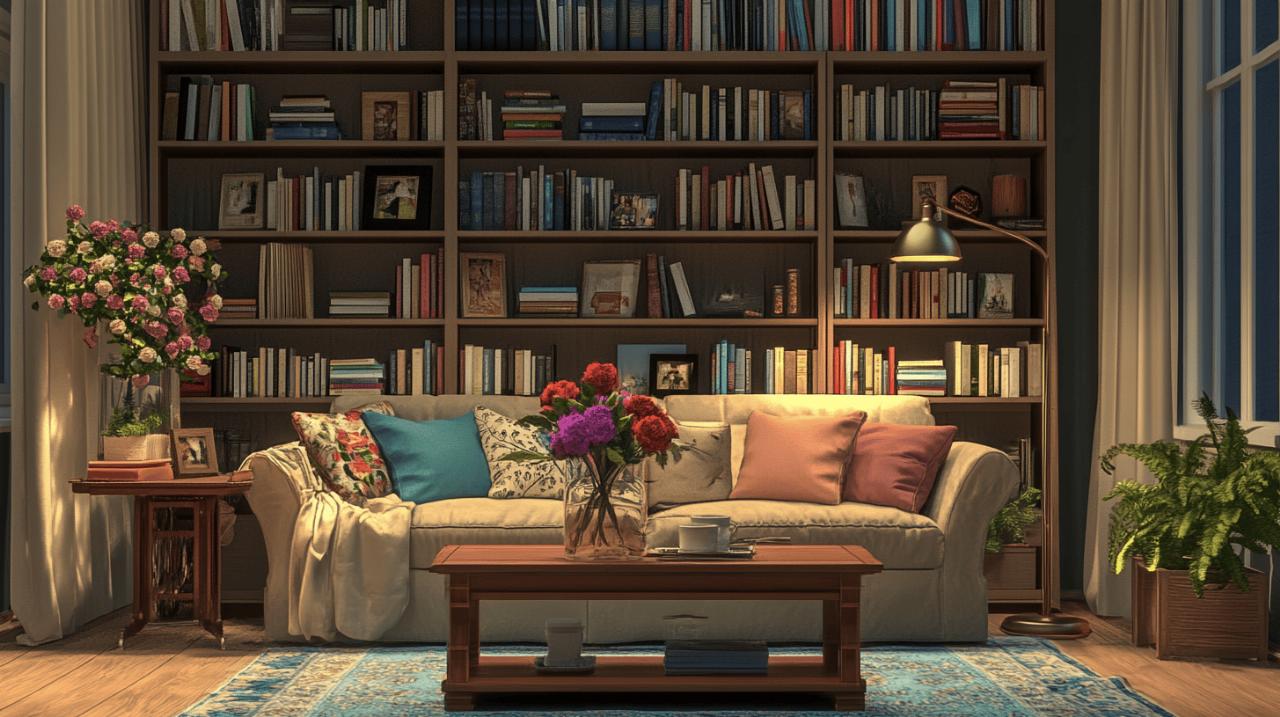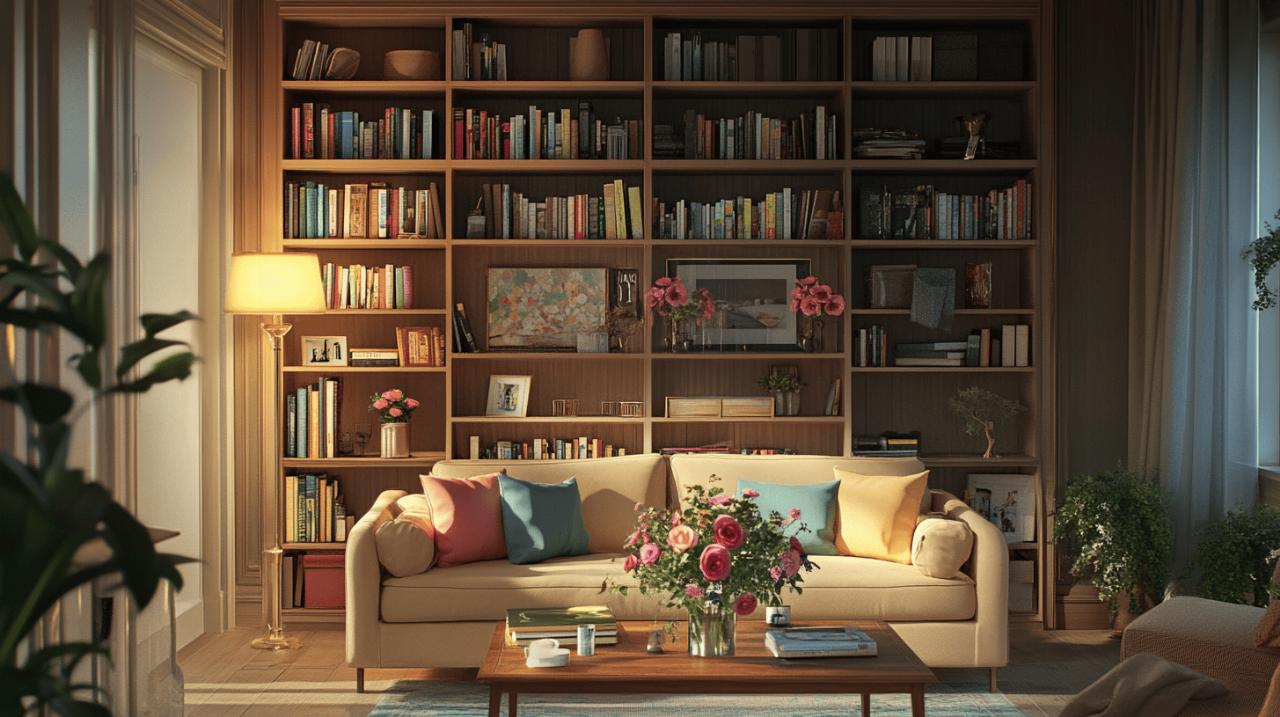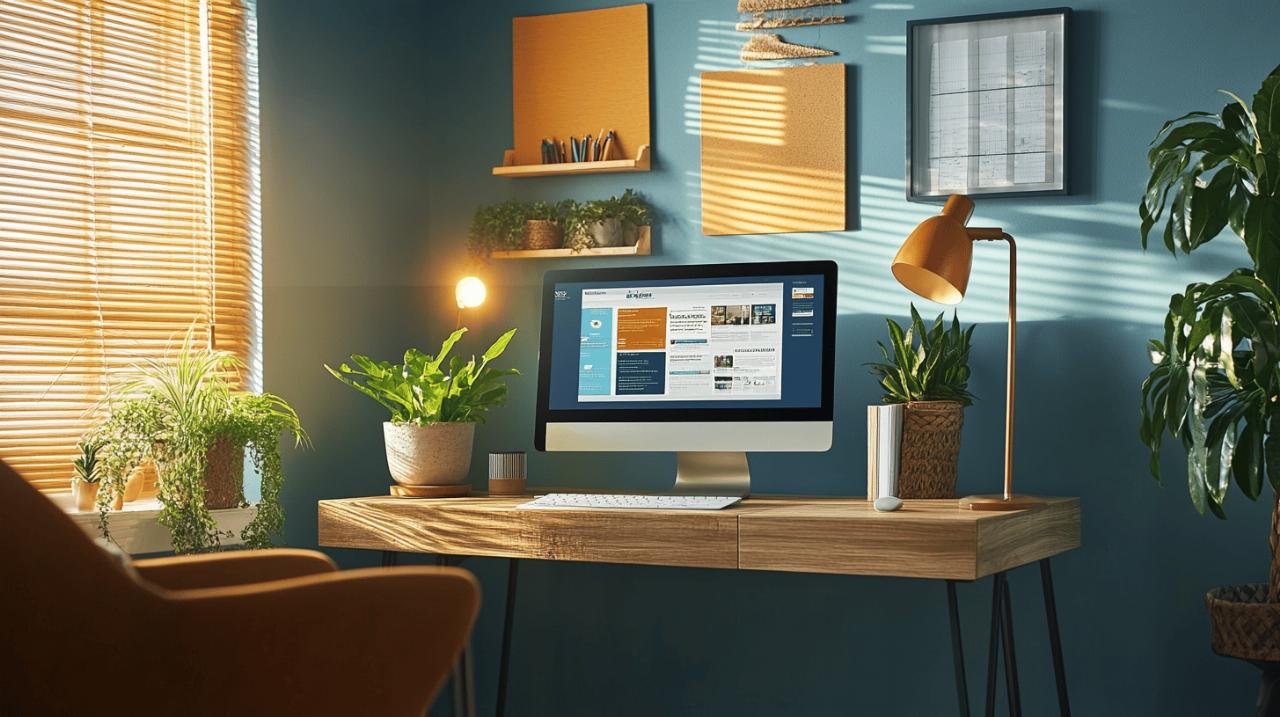Creating a personalized home layout means designing living spaces that truly reflect who you are and how you live. Your home should work for you, not against you, by accommodating your unique habits, preferences, and needs. A thoughtfully customized layout transforms a simple house into a sanctuary that supports your lifestyle perfectly.
Understanding your lifestyle needs
Before diving into design decisions, take time to assess how you actually live in your space. This foundational step ensures your home will function efficiently while maintaining aesthetic appeal. Many homeowners rush into decorating without this crucial analysis.
Analyzing daily routines and activities
Examine your typical day from morning to night. Where do you spend most of your time? What activities bring you joy? A family that loves cooking together might prioritize an open kitchen layout with ample counter space. Remote workers might need a dedicated, quiet office area. Design professionals at Casa Jedo suggest tracking your movements through your home for a week to identify patterns you might miss. This data provides valuable insights into which areas deserve the most attention during your layout planning.
Identifying priority spaces and functions
Not all rooms hold equal importance in your daily life. Determine which spaces are most critical to your well-being and happiness. Do you need an expansive living room for entertaining or would that space better serve as a hobby area? Perhaps your bedroom should function as a true retreat with space for reading or meditation. The style quiz offered by interior design services can help clarify these priorities. Consider investing in bespoke storage solutions that maximize functionality in high-use areas while incorporating architectural character through elements like wall paneling to reflect your personal aesthetic.
Customizing room functions
Personalizing your home layout means creating spaces that truly reflect who you are and how you live. When you tailor each area to your specific needs, you transform a generic house into a home that works perfectly for your lifestyle. This personalization approach focuses on adapting rooms beyond their traditional functions to maximize both utility and enjoyment.
Room customization allows you to break free from conventional design constraints. By reimagining how each space can serve your unique requirements, you create a home that feels distinctly yours. Whether you're working with a new build that needs character or renovating an existing property, thoughtful customization makes all the difference.
Multi-purpose room design strategies
Creating versatile spaces that serve multiple functions is essential for modern living. Start by identifying your primary needs for each area, then explore how these spaces can adapt for different activities throughout the day or week. A dining area might transform into a workspace, or a guest room could double as a craft studio.
Flexible furniture plays a key role in multi-purpose design. Consider pieces that can be easily moved, reconfigured, or even hidden when not in use. Modular seating, extendable tables, and nesting furniture allow rooms to shift function seamlessly. Bespoke storage solutions are particularly valuable, keeping essentials organized yet accessible while maintaining the room's aesthetic appeal.
Layered lighting transforms a space's function and mood. Install various lighting types—ambient, task, and accent—controlled independently to support different activities. A living area might use bright task lighting for reading or softer ambient lighting for entertaining. This flexibility extends the usefulness of any room throughout the day.
Adapting spaces to specific hobbies and interests
Your passions deserve dedicated space in your home. Whether you're an avid reader, home chef, artist, or fitness enthusiast, thoughtfully designed areas for your interests enhance both enjoyment and practice. These personalized zones don't require entire rooms—even small, well-planned nooks can be remarkably functional.
For creative pursuits, consider wall paneling that allows for easy display and rearrangement of inspirational materials. Music enthusiasts might prioritize acoustic treatments and specialized storage for instruments. Fitness spaces benefit from durable flooring and mirrors, while reading retreats need comfortable seating and thoughtful lighting.
Mixing old and new furniture creates character while supporting specialized functions. Vintage pieces bring warmth and personality, while contemporary items offer modern functionality. This blending approach works particularly well in new builds that need architectural character. Add your personal stamp through art displays, photo collections, and meaningful objects that reflect your journey and interests.






